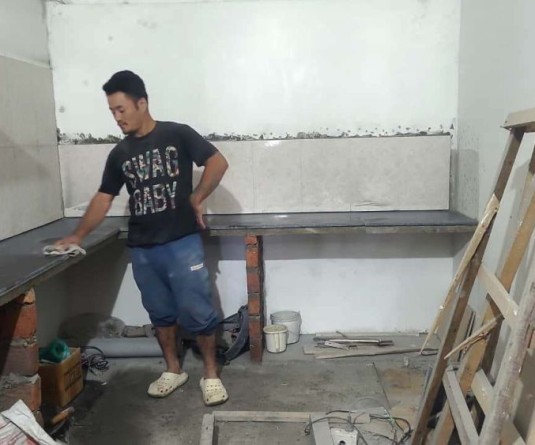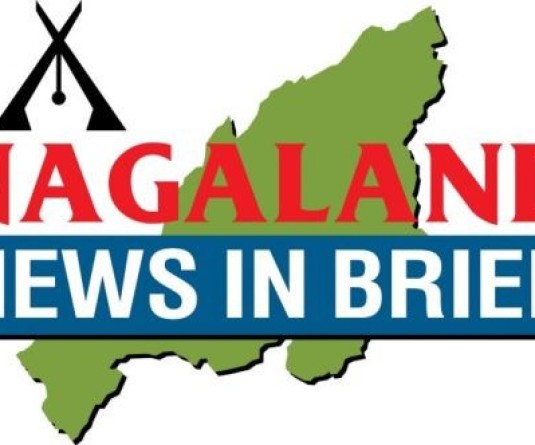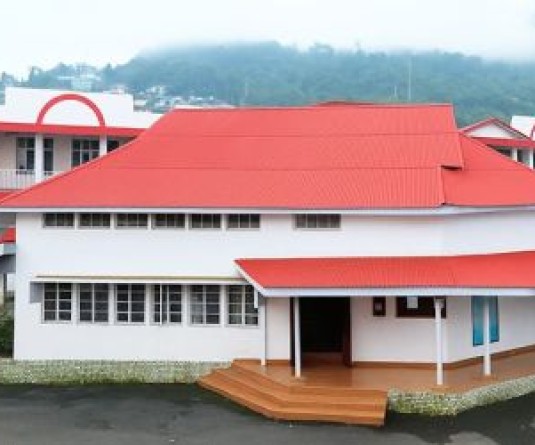
• Response teams quick to action, but communication hurdles remain
• Lack of sirens, first aid kits and traffic snarls cited as other concerns
Morung Express News
Kohima | April 26
The 1897 Shillong earthquake with a magnitude of 8.7 on the Richter Scale was one of the biggest to strike the country with over 1500 casualties and aftershocks escalating in landslides and environmental disasters. Today, with emerging urban structures and unsafe buildings, is Nagaland prepared to manage such disasters and its aftermath?
Replicating the 1897 Shillong Earthquake, Nagaland held a mega mock drill on April 26, with state authorities, schools and churches in all districts participating in the mock exercise under the banner ‘Nagaland Emergency Preparedness Exercise’ (NEPEx), organised by the Nagaland State Disaster Management Authority.
“The main objective was to see how ready we are. A few lessons have been learned in this exercise,” said Chief Secretary, Temjen Toy. While the exercise was carried out with much effort, several problems and challenges were cited. A review meeting and press briefing was held after the mock exercise in Kohima at the NSDMA Control room where participants and observers shared their observations.
A major challenge pointed out by external observers was communication. The key observers who were placed in various locations noted that there were lapses in the communication link among different agencies and teams; procedures were not followed in the mock drill; health/first aid kits were nonexistent; and alarm systems were not in place in many of the offices and institutions.
“Even within Kohima, communication was really bad. We need to upgrade communication system and communication within the various agencies such as NDRF, CRPF, Assam Rifles, so that there is free flow of communication between all the agencies involved,” said Toy.
Traffic jams were another major setback, pointed out Toy, who shared his own experience in the traffic jam for an hour during the mock exercise. “If a disaster happens, the traffic confusion is going to be much more. There will be panic traffic, roads will be blocked. Traffic is one area of concern which needs to be looked into seriously. We need to take steps to reduce traffic,” stated Toy.
The Chief Secretary was also disappointed at the absence of sirens which were supposed to be installed after last year’s mock drill. Only one siren in the PHQ was used in the mock drill. “We will need to put up more sirens in appropriate locations,” the Chief Secretary stated and directed the NSDMA to locate appropriate places for this.
One observer from Assam stated that “people were curious but were not aware of what to do.” While the response team and volunteers were lauded for their quick action, the main challenge according to the observer was communication.
Another observer from the 9 Assam Rifles, who was stationed at the Directorate of Employment, stated the drawbacks of the exercise were the absence of alarm system and first aid. While appreciating the efforts of volunteers and agencies, an observer from the CRPF noted that there were no permanent signal systems or satellite phones. In a major disaster, most networking systems and power will break down; therefore the necessity for the use of satellite phones by officers in charge was pointed out.
The Response Branch Director also pointed out the need to improve communication link and clarity of role planning. DGP Rupin Sharma also took note of the communication hurdles and stressed on improving this facet. While the mock drill was held during the day, Sharma wondered if any mechanisms are in place for night time disasters.
NSDMA Advisor, Pukhayi meanwhile urged for improvement in future exercises. With majority of the Naga population settled in rural areas, Pukhayi suggested that more awareness programs should be held in districts and rural areas.
Dhirendra Singh Sindhu, Joint Advisor for the National Disaster Management Authority emphasized on the need to involve the community in such exercises. “It is basically the community which will first respond; therefore they need to be trained. We need to fine tune working system to create awareness to the public, the community,” he said.
While no mock drill is perfect, Sindhu was of the view that reaching out to even a small percentage of the population helps in generating awareness in the long run. He stated that further mock exercises along with more community involvement and improvement of communication would ensure that the state is prepared for disasters.






